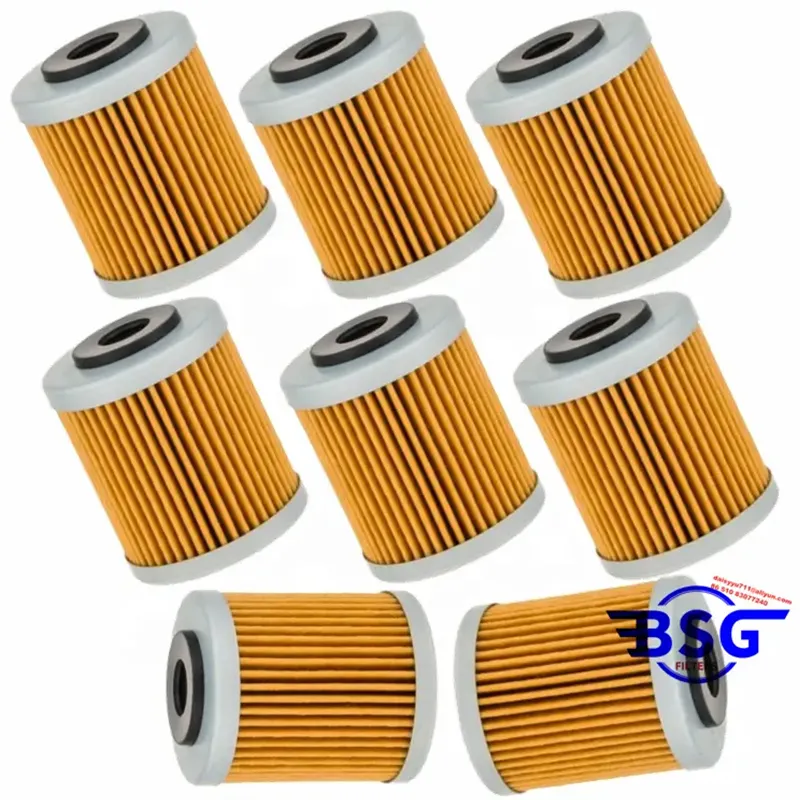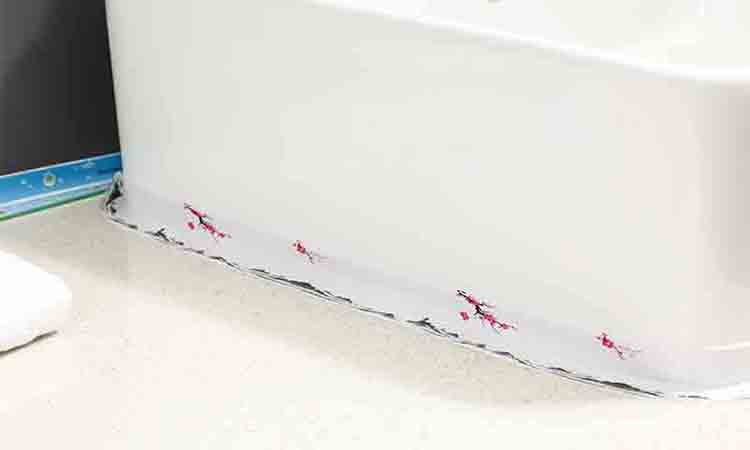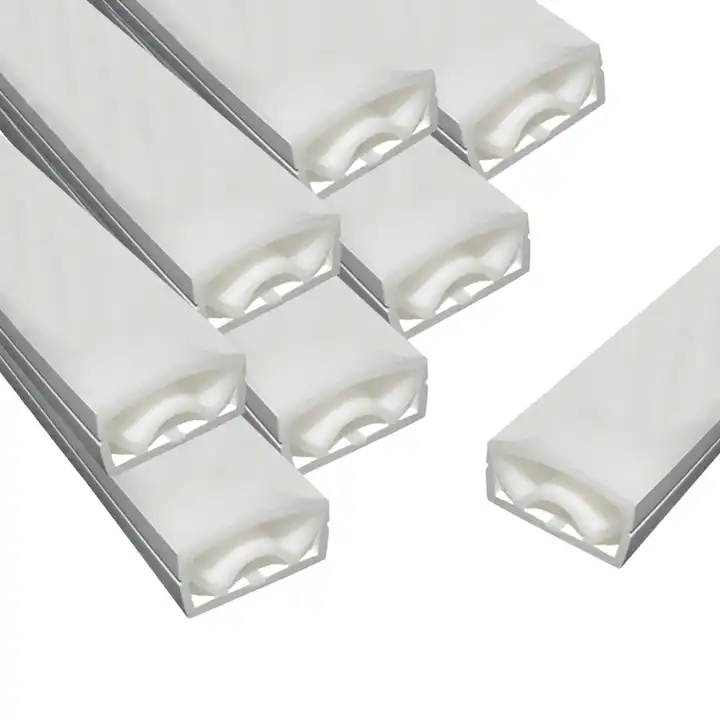Thick rubber seal strips are designed to provide a tight seal in various fittings and joints. Their unique properties make them suitable for a range of applications, including doors, windows, and machinery. The material, typically made from various types of rubber such as EPDM (ethylene propylene diene monomer), silicone, and neoprene, offers excellent resistance to weathering, chemicals, and temperature fluctuations. This makes them particularly important for industries that require long-lasting durability and reliability.
 Home
Home








